President Trump’s criticism of Jay Powell has increasingly triggered calls for the Federal Reserve’s independence. But those defending Powell’s autonomy are making ahistorical claims about the Fed’s relationship to the executive and legislative branches of government: the Fed has never been independent.
The president appoints the Fed’s chairman. The bank enjoys broad authority to implement the policies necessary to achieve its mandates of stable prices, full employment and interest-rate stability, but these objectives are defined by Congress and could be altered by Congress. Congress created the Federal Reserve in 1913 and has amended the Federal Reserve Act more than 200 times. It could do so again.
Originally, the Treasury Secretary was designated as the board’s chairman, which underscores the federal government’s intention to utilize the central bank for its objectives. The Banking Act of 1935 removed the Treasury Secretary from this position, though, and then-chairman Marriner Eccles further centralized Fed power in Washington to bring the bank into alignment with President Roosevelt’s New Deal. Sometimes this inherently servile relationship has been obvious, as in 1917, when the need to manage federal debt issued to fund America’s entry into World War One became apparent. This pattern reoccurred during World War Two, the Korean War, the Vietnam War, numerous welfare spending crises and the Covid fiasco. Powell’s situation is far from unique.
In 1965, the Fed increased interest rates because President Lyndon Johnson’s welfare-state expansion and Vietnam War spending had caused inflation to skyrocket. The president invited Fed chairman William McChesney Martin to his ranch to discuss these rate hikes, and eyewitnesses report Johnson shouting at Martin and shoving him for not doing his bidding. Martin accommodated Johnson by temporarily holding rates steady (although he raised them later in 1966). In 1972, President Richard Nixon successfully sought an expansive monetary regime from then-chairman Arthur Burns. Burns candidly noted that “We dare not exercise our independence for fear of losing it.” Perhaps we can now unclutch our pearls as we consider Trump’s latest attempt to influence Fed decision-making.
That attempt consists of Trump calling for Powell to reduce the Fed’s benchmark rate – which shapes the borrowing costs for a variety of goods – from 4.25 percent to 1 percent. The effort has received renewed urgency with the One Big Beautiful Bill Act’s passage and its multitrillion-dollar price tag. Large amounts of debt again must be issued, and Trump wants Powell to keep the cost of that debt very low. Trump, in his inimitable style, stated that “We have to work hard with cuts on that. And this guy could do it so easily… Every point is… $300 billion. So if we got it down to 1 percent we’re talking about almost a trillion dollars in savings just with a stroke of a pen. No work, no missing anything. Just like an accounting situation.”
This is characterized as “fiscal dominance,” in which the Fed’s mandate to maintain stable prices is subordinated to servicing the federal debt. Critics of Trump don’t hesitate to note that fiscal dominance could trigger yet another round of nasty inflation. They’re not wrong. But fear of inflation didn’t stop Biden and Powell from implementing such policies, so criticism on that ground from those who remained quiet in 2021 rings disingenuous.
The Fed has not exercised independent or prudent judgment in the last few decades. Instead, it has proven itself effective at two tasks: financing government spending and managing crises. The former is precisely what President Trump wants Powell to do. If Powell won’t, then Trump simply wants to substitute another servant of the Treasury’s will.
The Fed has earned its bad reputation. Todd Sheets’s book 2008: What Really Happened argues that the Fed errantly held interest rates at historically low levels in the 2000s, which significantly contributed to the housing crisis. The exceptionally low rates were maintained through 2022, alongside an ongoing quantitative-easing program that began in the aftermath of the financial crisis. That program entailed the Fed purchasing government and various mortgage-backed securities to inject liquidity into the US economy to keep rates low. This has since presented significant challenges for the Fed in managing member bank accounts, which it credits when purchasing bonds or securities from these banks.
Because the Fed then needs those same banks to refrain from lending or investing that money in the overall economy, which can result in inflation, the Fed’s solution has been to pay interest on reserve account balances held by these member banks in its various regional banks. And the regional banks have been happy to comply with this painless procedure for earning money on capital, risk-free. The amount paid to banks between 2022 and 2024 now totals over $420 billion.
Owing to this and other expenses, including dividend payments and interest on repurchase agreements, the Fed’s actual financial position has deteriorated remarkably over the last two decades. The central bank is now a massive liability. Banking experts Paul Kupiec and Alex Pollock argue that a standard audit of the Fed’s books would reveal that the bank counts losses as assets, contrary to accounting practices across the federal government. It conceals that it is operating with liabilities of $185 billion more than it owns in capital assets. The Fed must borrow this amount in taxpayer dollars, which, according to Kupiec and Pollock, is not authorized by the law.
Rather than cries for false independence or vilification of the president, we need Congress to reassert its legitimate control over a poorly performing Fed. No institution in our government is above the people’s accountability.



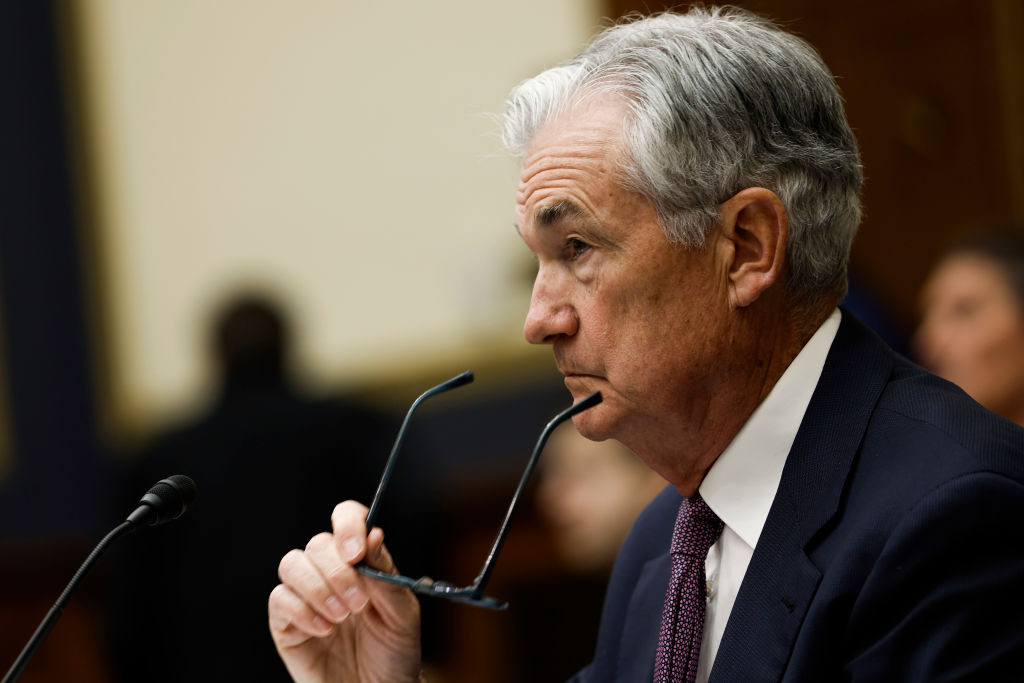






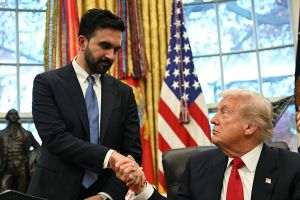

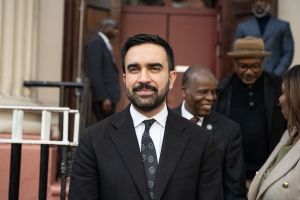
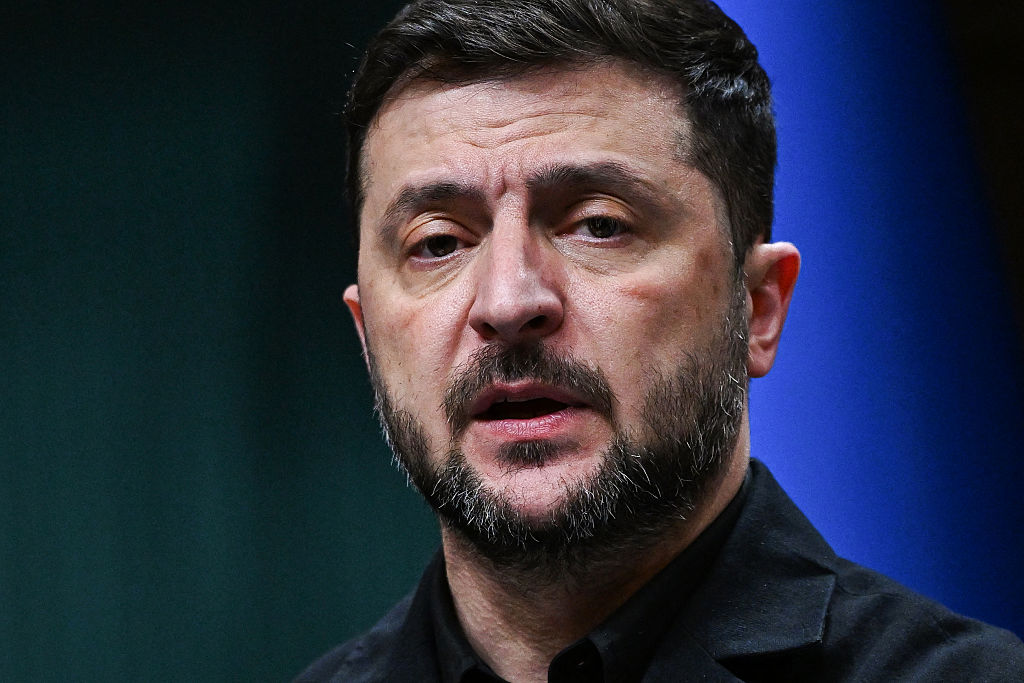
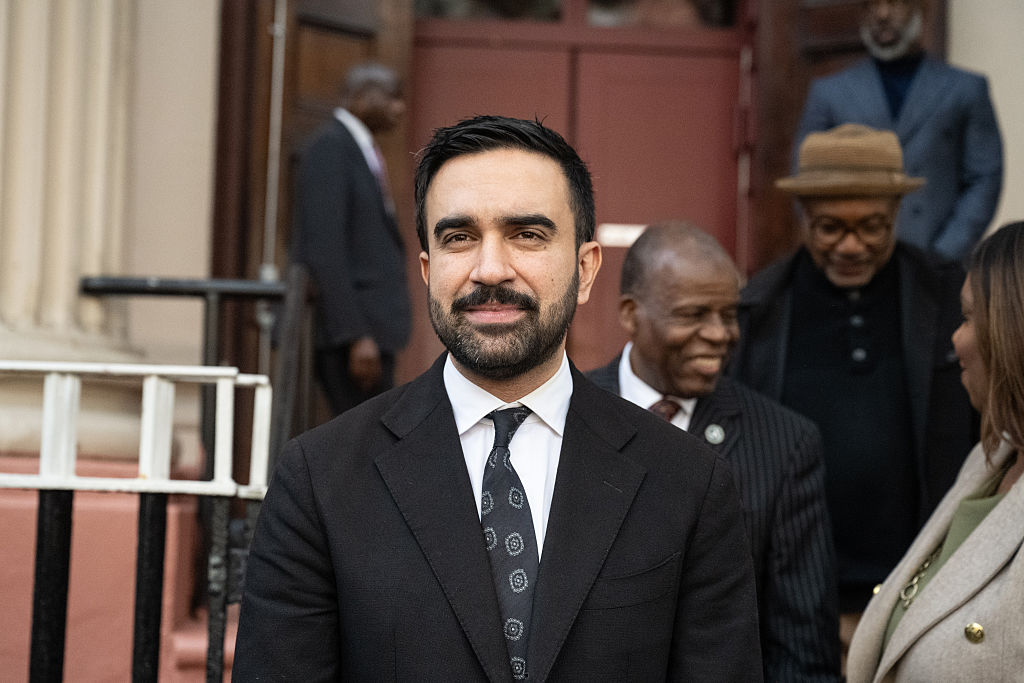
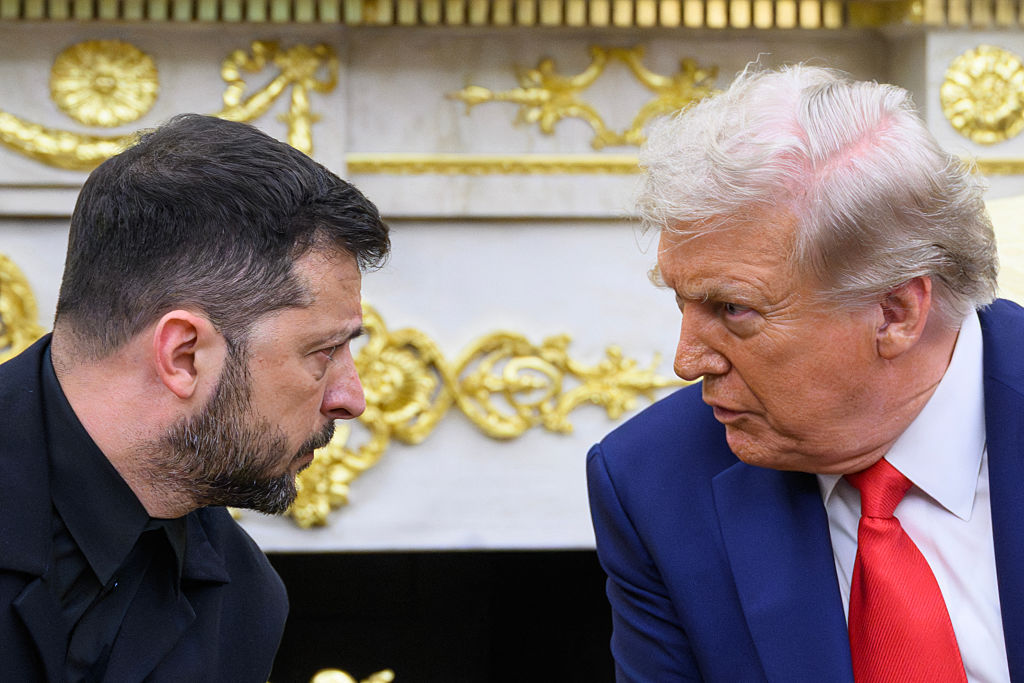


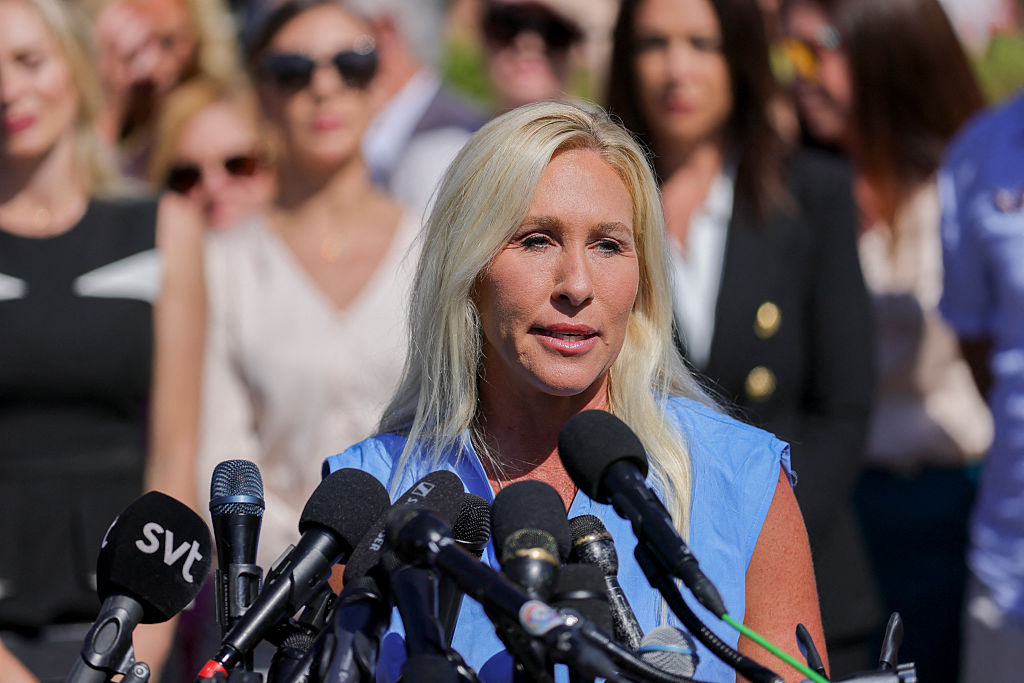

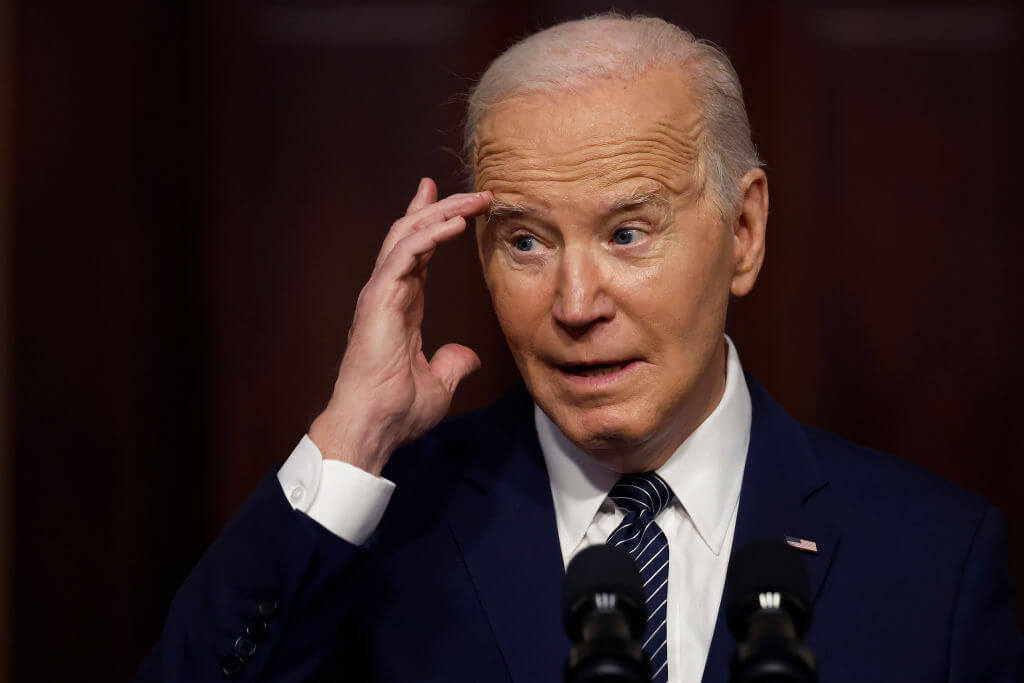



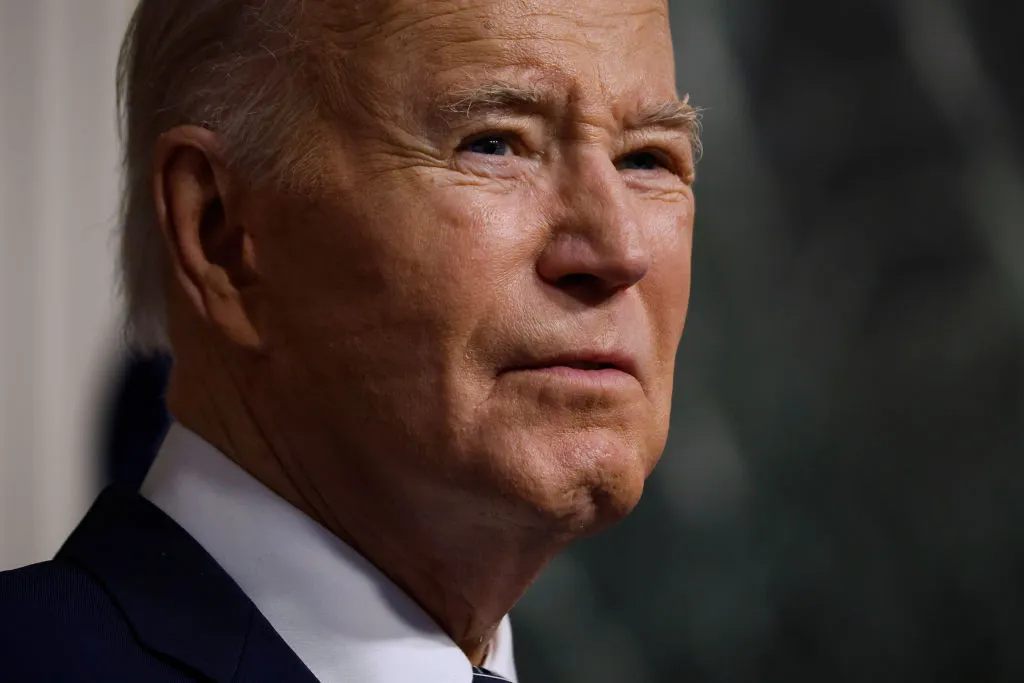

Leave a Reply